(Written for the very belated February 2009 Caribbean Review of Books.)

The herd waiting to cross the Savannah judging point
Even in the age of the spreadsheet and the sponsorship deal and the masquerader satisfaction survey, mas retains the capacity to surprise. Witness the apparition, last Carnival Tuesday, of this ragtag herd of cows, with their staring skull-blank faces and stark horns, swaddled in black and white, straying through the streets of Port of Spain and interrupting the flow of polychromatic spandex and spangles.
Conceived by the artists Richard “Ashraph” Ramsaran and Shalini Seereeram, designed and built in no more than the five days before Carnival, T’in Cow Fat Cow took its original inspiration from a song by 3Canal, an angry denunciation of power, greed, and social inequality: “Fat cow, the butcher calling you ... in the pot you going to go.” But the band’s two dozen masqueraders, many of them artists and actors, articulated a variety of themes through the simple costumes -- headpieces made from cardboard and paint, and ordinary white clothes splotched with black. For some, the band -- assembled with volunteer labour, using discarded and recycled materials -- was a commentary on the commercialisation of mas. Others discerned an environmental message. Each cow brandished a punning placard, borrowed from the tradition of old mas, some of them making fun of politicians (Patrick’s National Moovement), or with slanted references to international affairs (Dow Cow, Cownter Insurgency). One cow was festooned with a feather boa, another with black Mardi Gras beads. The gilded Emperor Cow was king of the band and golden calf at the same time.
The cows were not early risers, and it was eleven on Carnival Tuesday morning before they set out from their mas camp in Woodbrook, to the jangle of cowbells and a chorus of moos. The cardboard headpieces wilted in the intermittent rain, and the herd made frequent grazing stops. Still, they moseyed round the whole parade circuit -- in record time, squeezing past slow-moving larger bands downtown -- and, though officially unregistered for competition, crossed the stage at four judging points, to the bemusement of the official announcers. Spectators on the street squinted to read the placards. At the Savannah, the traditional climax of the parade route, the cows pranced past the TV cameras, making up with their enthusiasm for the small size of the herd. By five in the afternoon the band, re-nearing their starting point, began to split apart, and in their twos and threes the cows disappeared into the larger herd of las’ lap revelers.
But that was not the end of the bovine story. Two months later, the cows reappeared on the streets of Port of Spain. Dressed in black, with blood-red tears running from the headpieces’ eyes, and the masqueraders’ mouths bound with red cloth, they marched to Independence Square and sat silently among the decorative flowerbeds. It was the day before the opening of the controversial Summit of the Americas, hosted by Trinidad and Tobago at a cost of hundreds of millions of dollars and the temporary suspension of civil freedoms in the capital (thanks to a security lockdown around the summit venue).
Through a printed manifesto, the cows declared: “We represent the voiceless. The many thousands of Trinbagonians . . . whose tax dollars are being invested in a display that does not address their most urgent concerns . . . Who is listening?” But the more eloquent message was the medium itself, the spectacle of these stray cows lost in the shadows of Port of Spain’s new skyscrapers. Red letters spelled out the rechristened band’s new name: The People Must Be Herd, a pun poised between the ideal of participatory democracy and the reality of a society stumbling mindlessly under the prods of cowboy politicians. Even Prime Minister Patrick Manning, famously oblivious to public opinion, might have got the joke.

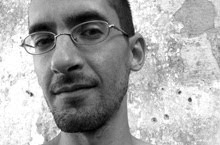


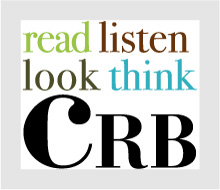
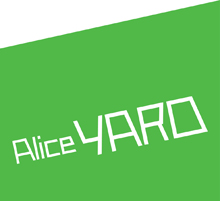
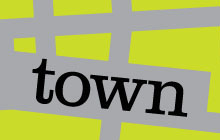

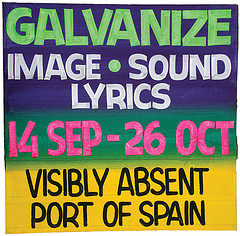
No comments:
Post a Comment